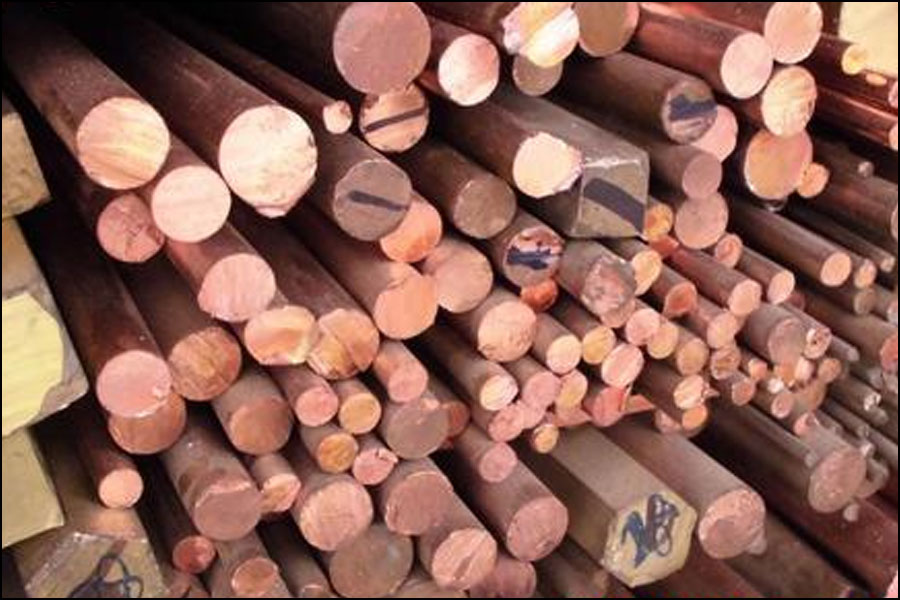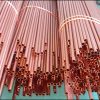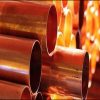
Brass Tube Durability
Copper rod is a very practical pipe fittings. Nowadays, practical brass pipes are chosen for pipes in many places, mainly because brass pipes are very durable and very reliable.
The brass tube can be used for a long time, and the chemical reaction conditions of copper are relatively high. It can be used in a very cold and high temperature and high pressure environment, and it will not be burned or corroded. It can be used for a very long time in various environments. time. The life of brass pipes can be the same as that of buildings, and sometimes it will be longer. For example, the copper pipe fittings installed in a hospital in Beijing in the 1920s, after more than 70 years, are still normal. use. This also shows from the fact that brass pipes are copper pipe fittings that can be used for more than 100 years.
In addition, the characteristics of brass pipe oil metal pipes also have the characteristics of other pipes. Like ordinary metal pipes, the strength is very good, but its toughness and ductility are better than ordinary metal pipes. At the same time, it can be bent very well, and it has good vibration and impact resistance and is very reliable. . Brass tubes do not require high ambient temperature. They can be used in very cold and hot environments, and will not be aged for a long time. This is not possible with ordinary pipes.
Copper Pipe Machining Method
There are many machining methods for radiator copper pipes, but they can be divided into two types: hot machining and cold machining. Methods such as extruding and manufacturing tube blanks and cross-rolling piercing all heat the tube blanks much higher than the recrystallization temperature of copper for deformation machining to obtain tube blanks. Tube blanks are made into tubes by cold rolling and cold drawing methods at room temperature.
This traditional craft has remained unchanged for many years. Up to now, the extrusion method is mainly used. This is a traditional copper tube billet method. Its production process is to melt electrolytic copper into a solid round ingot, and then heat it to over 850 in a heating furnace. One by one, they enter the extruder to extrude into tube blanks, and then cold-roll or multi-pass linear stretching to the disk to stretch the required tube blanks. There are two types of extrusion: high extrusion ratio and low extrusion ratio, both of which have refined grain structure and good surface quality. The tube blanks extruded with high extrusion ratio have smaller specifications and thinner wall thickness, which can be processed directly on a continuous direct machine or a disc drawing machine; low extrusion ratio extrusion can use large ingots to extrude large-size tubes The billet is then extended with a cold-rolling tube mill.
For ingots of the same size and specifications, high extrusion ratio requires large extrusion tonnage, and the extruded pipe wall thickness tolerance is large. At present, the continuous casting and rolling billet supply method is very popular in our country. This is a new type of billet supply method that emerged in the 1990s. Its production process is to cut and mill the surface of the horizontally cast hollow tube directly. Into the three-roll planetary tube rolling mill to roll out thin-walled copper tubes of smaller diameter. Since the three-roll tube rolling mill can make the rolled copper tube non-rotating, it is easy to wind up into a coil online. Its characteristic is that the production process is short, the reheating and extrusion processes are eliminated, and all methods have advantages in saving energy, reducing equipment investment, and reducing costs. Continuous casting and rolling can provide billets of more than 1500 kg/reel, which is impossible for extrusion methods. The large-scale heavy tube billet creates very favorable conditions for the subsequent drawing process to increase the rate.
From the initial stage of the continuous casting and rolling production line to production, from only producing thick-walled tubes to becoming the main billet supply process for thin-walled tubes, during this period, it has experienced one after another ups and downs, experiences and lessons. With hard work, this craft is gradually moving towards perfection and maturity.






